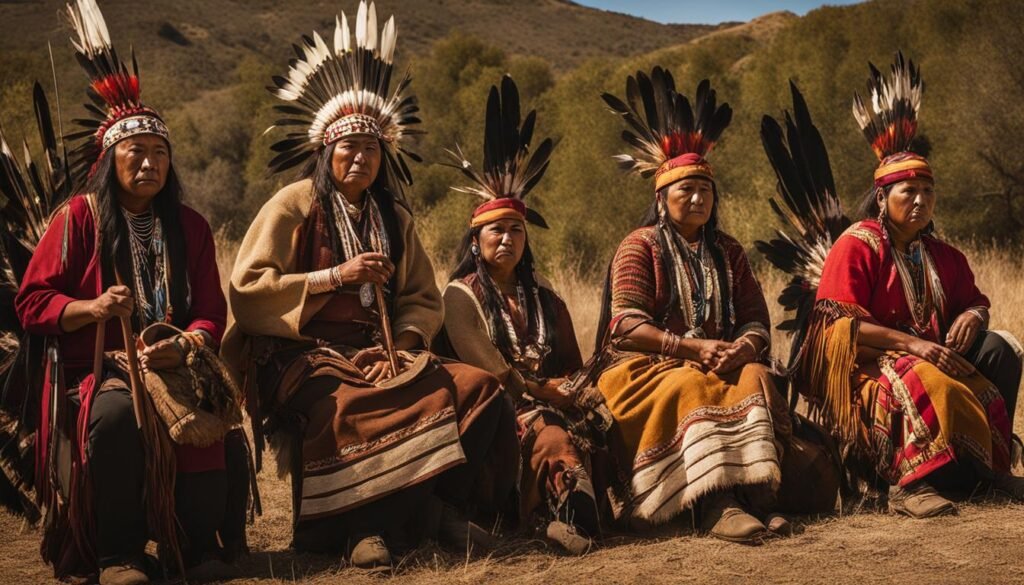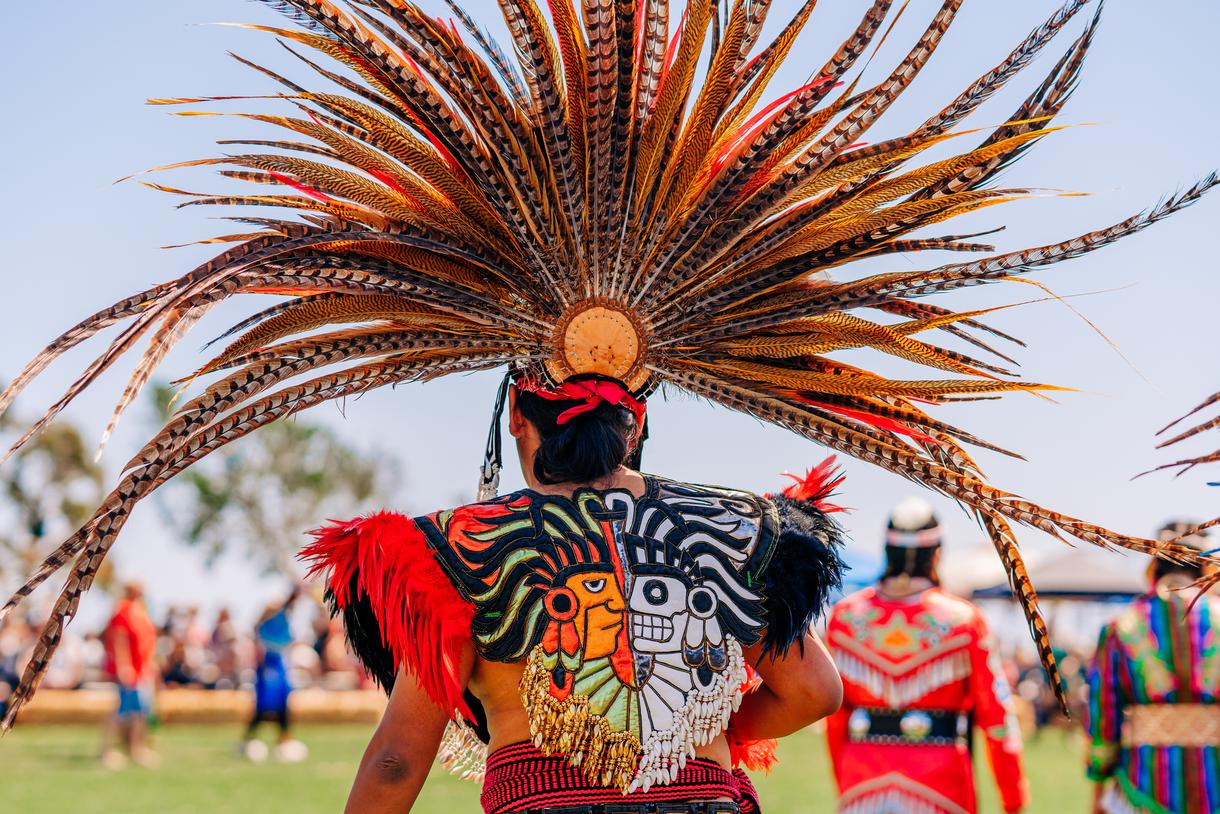
From Sacred Earth: The Enduring Power of Southern California Tribal Creation Stories and Traditions
Beneath the relentless sun of Southern California, a landscape often perceived through the lens of modern development and transient fame, lies a profound and ancient heritage. For millennia, this vibrant land—from its rugged coastlines to its arid deserts, and its soaring mountains to its fertile valleys—has been the cradle of sophisticated indigenous cultures. Central to their identity, their spiritual life, and their very understanding of the world are the tribal creation stories and traditions, narratives that are not mere myths but living cosmologies, ethical blueprints, and historical records. These stories, passed down through countless generations, offer a powerful counter-narrative to the dominant historical discourse, revealing a deep, reciprocal relationship with the land and a resilience that has defied centuries of colonization and suppression.
The creation stories of Southern California’s diverse tribal nations—including but not limited to the Cahuilla, Luiseño, Kumeyaay, Gabrielino/Tongva, Serrano, Chumash, and Kizh—are rich, complex, and distinct, yet often share common thematic threads. They speak of the origins of the world, the emergence of the first people, the sacredness of specific places, and the fundamental principles governing human interaction with nature and with each other. These narratives are the bedrock upon which entire societal structures, spiritual practices, and traditional ecological knowledge systems are built.
For the Cahuilla people, whose ancestral lands span the Coachella Valley, the San Jacinto Mountains, and parts of the Colorado Desert, the world began with two powerful twin brothers: Mukat and Temayawet. Mukat, the elder, was the creator of the world and the first people, shaping them from clay. Temayawet, the younger, was associated with the underworld and the introduction of death, a necessary cycle for the continuation of life. Their differing visions and the ultimate death of Mukat at the hands of those he created, due to his imperfections, explain the duality of the world—good and evil, life and death—and underscore the human condition. The Cahuilla stories are rich with details of animal helpers and tricksters, like Coyote, who often play pivotal roles in shaping the landscape and imparting lessons. This narrative tradition is not just about beginnings; it’s a moral compass, teaching responsibility, humility, and the intricate balance required for existence.
Further south, among the Luiseño (Paya’omkawichum) and Kumeyaay (Ipai-Tipai) nations, whose territories stretch from the coast near Oceanside down through San Diego County and into Baja California, creation narratives often feature two powerful brothers, one benevolent and one malevolent, or a single creator figure who brings the world into being. For the Luiseño, the creator Wiyot is central, and his death leads to the creation of many things from his body, including the sacred plants and animals. The stories detail the first people learning how to live, hunt, gather, and conduct ceremonies. A significant element in many of these stories is the concept of a "first death," often involving a frog or another animal, which introduces mortality to the world and sets the stage for the ceremonial practices surrounding death and mourning, which are vital for these communities.
The Gabrielino/Tongva (Kizh) people, original inhabitants of the vast Los Angeles basin and the Channel Islands, tell of a lone creator, often referred to as Earth-maker or the Old Woman, who brings the world out of darkness and water. This creator shapes the land, creates the first humans, and provides them with the knowledge necessary for survival. Coyote often appears here too, sometimes as a wise helper, other times as a mischievous figure whose actions, intentional or not, shape human experience. Their traditions emphasize the sacredness of the land, particularly significant sites like the islands (e.g., Catalina/Pimu), and the importance of sustainable living within their abundant yet fragile coastal environment.

While distinct, common threads weave through these diverse narratives. A profound connection to the land is paramount. The mountains, rivers, springs, and specific geological formations are not merely geographical features; they are imbued with spiritual significance, often being the very places where creation events occurred, where ancestors reside, or where sacred ceremonies must be performed. For these tribes, the land is an ancestor, a living entity that provides sustenance and guidance, and in return, demands respect and stewardship. "Our land is our first teacher," is a sentiment echoed across many tribal communities, reflecting the idea that the natural world provides the lessons for living a balanced and ethical life.
These creation stories are intrinsically linked to a complex web of traditional practices and knowledge systems. Language, for instance, is not just a tool for communication; it is the vessel through which these narratives are carried, imbued with the specific nuances and cultural concepts that give the stories their full power. The loss of language due to colonial policies has been a profound challenge, and its revitalization today is a critical component of cultural preservation.
Ceremonies, songs, and dances are direct manifestations of these creation narratives. They reenact key events, honor the creators and ancestors, and reinforce community bonds. Rites of passage, seasonal celebrations tied to harvests or celestial events, and healing ceremonies all draw their meaning and power from the foundational stories. The intricate patterns of basketry and pottery, often passed down through generations of women, frequently incorporate designs and motifs that reflect cosmological symbols or elements from creation stories, making these utilitarian and artistic objects tangible links to ancestral wisdom.
Furthermore, these traditions encompass a sophisticated traditional ecological knowledge (TEK). The creation stories often contain instructions or implicit guidelines for land management, sustainable harvesting, and understanding the cycles of nature. For example, traditional controlled burns, practiced by many Southern California tribes for millennia, were not just about preventing wildfires but about enhancing biodiversity, promoting the growth of specific food and medicine plants, and maintaining healthy ecosystems—a practice directly informed by their deep, story-based understanding of the land.
The arrival of European colonizers—first the Spanish missionaries, then Mexican rancheros, and finally American settlers—unleashed a devastating assault on these rich cultural traditions. The mission system systematically suppressed indigenous languages, spiritual practices, and social structures, attempting to forcibly assimilate native peoples into a foreign worldview. Land was seized, communities were disrupted, and the very act of telling creation stories or performing traditional ceremonies became dangerous, punishable by severe means. This era led to immense suffering, demographic collapse, and the near-eradication of many cultural practices.
Yet, despite this profound historical trauma, the spirit of these traditions endured. The stories were whispered in secret, passed down by resilient elders, and safeguarded in the memories of a people determined to preserve their identity. Today, Southern California tribal nations are experiencing a powerful renaissance. There is a concerted effort to revitalize languages through immersion programs and educational initiatives, such as the Cahuilla Language Program or Kumeyaay Community College. Cultural centers and museums are being established to house artifacts, oral histories, and serve as hubs for intergenerational teaching.
Tribal leaders and elders are at the forefront of these efforts, recognizing that the creation stories are not just relics of the past but vital guides for the future. "Our stories tell us who we are, where we come from, and how we are supposed to live on this land," a Luiseño elder might say, emphasizing the contemporary relevance. This includes advocating for tribal sovereignty, engaging in land back movements to reclaim ancestral territories, and asserting their inherent rights to manage and protect their sacred lands and cultural resources.
The enduring power of Southern California tribal creation stories lies in their capacity to provide a profound sense of identity, a moral framework, and a deep, enduring connection to the land and its history. In an era marked by environmental crises and a search for meaning, these ancient narratives offer invaluable lessons in reciprocity, sustainability, and respect for all living things. They remind us that beneath the concrete and the commotion, the soul of Southern California beats with the rhythm of creation, a story told and retold, resilient and vital, shaping the past, informing the present, and guiding the future of a people intricately woven into the fabric of this sacred earth. To understand Southern California is to listen to the echoes of these stories, for they are the heartbeat of the land itself.
